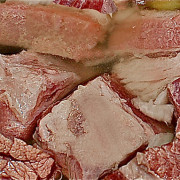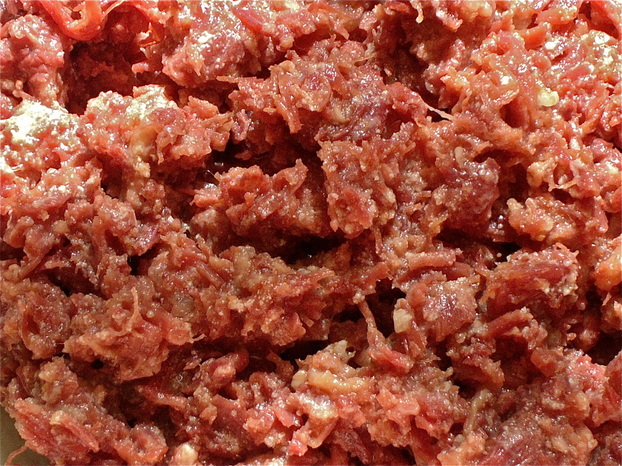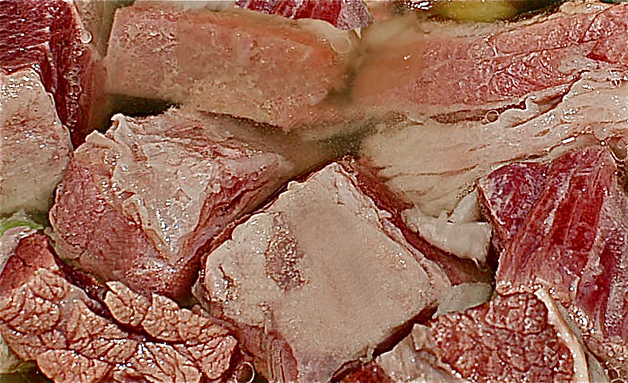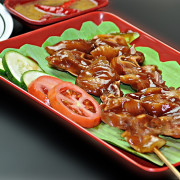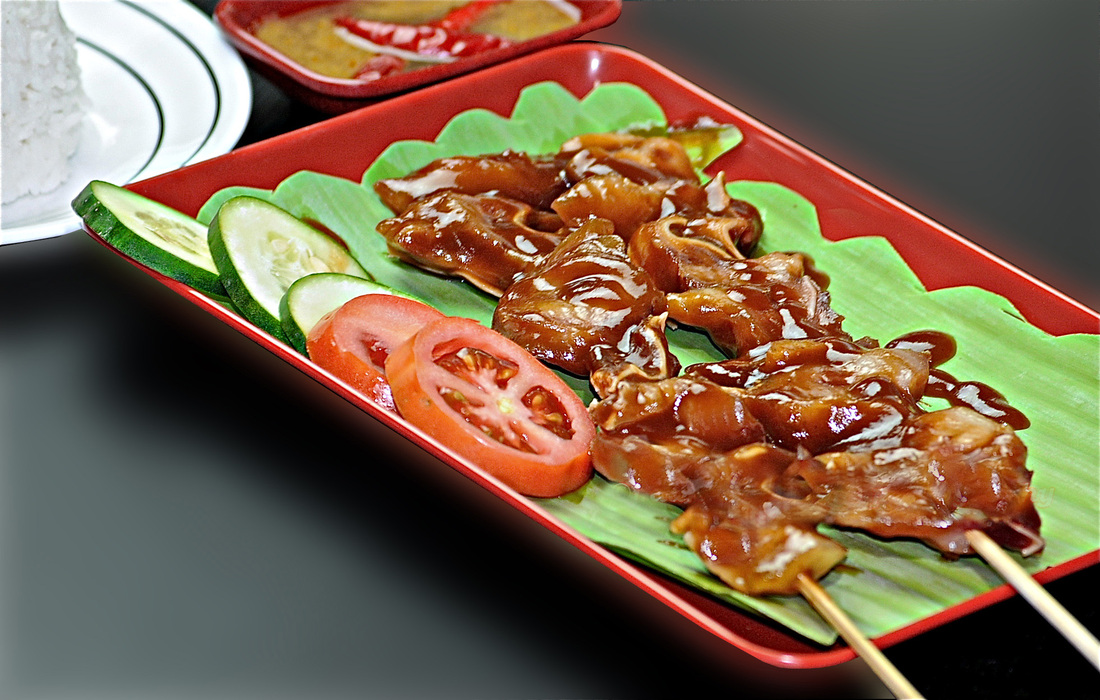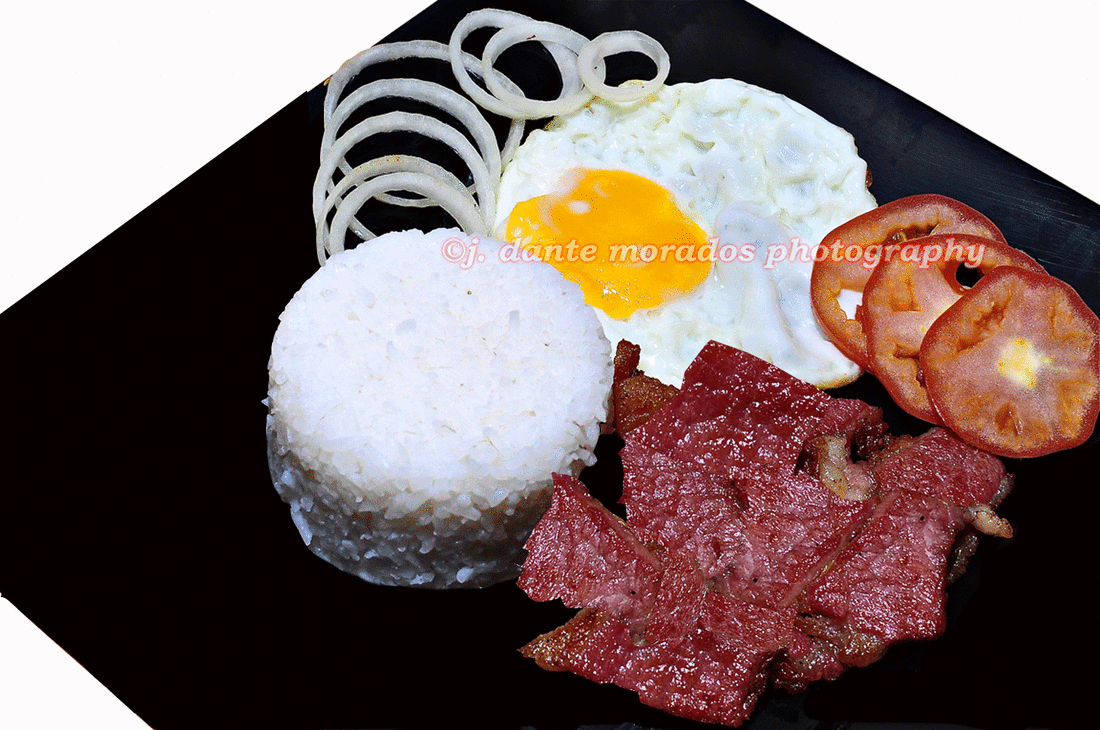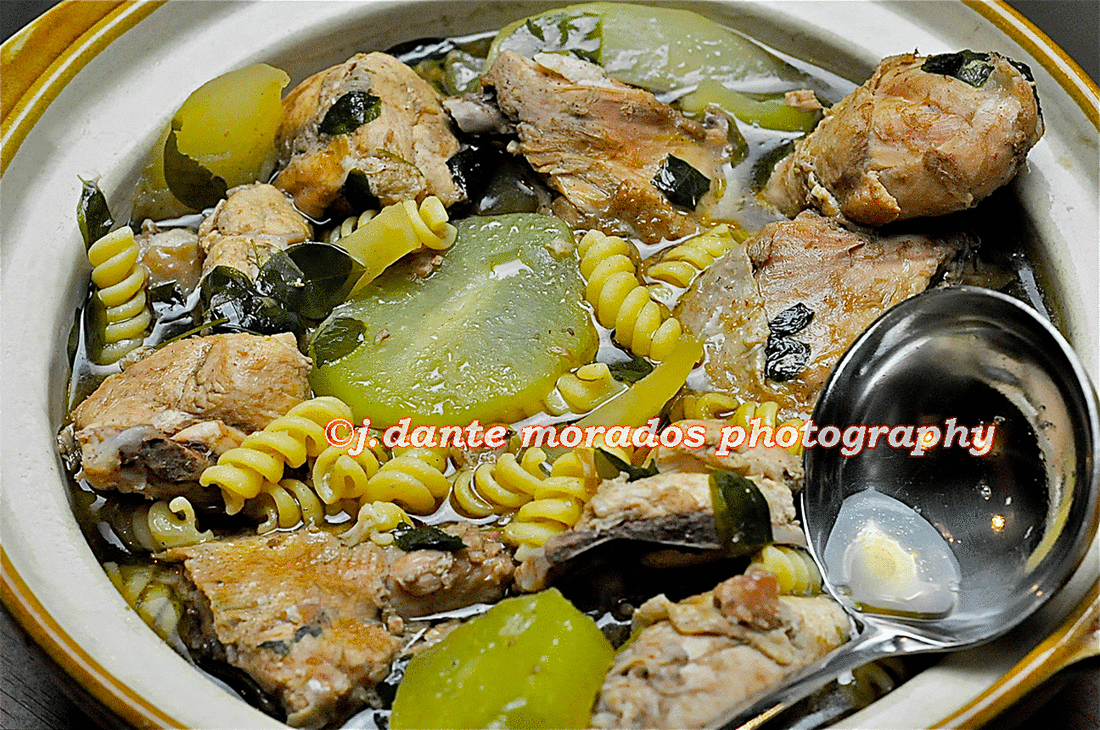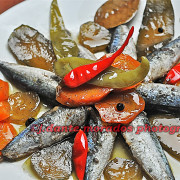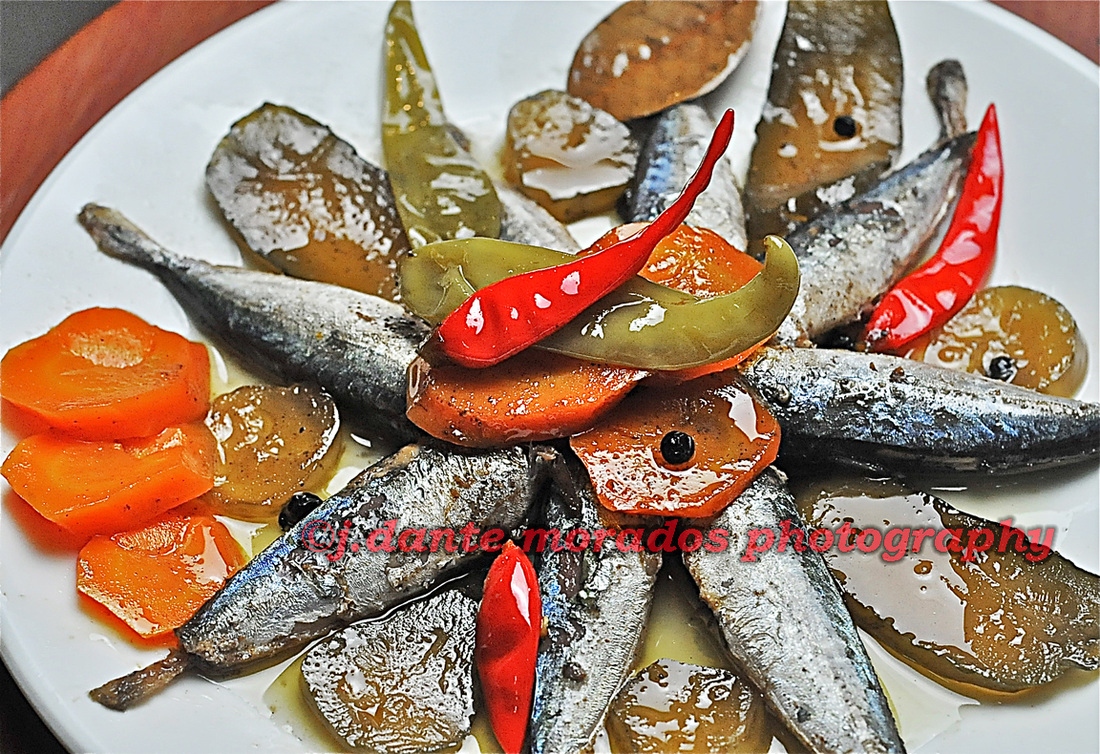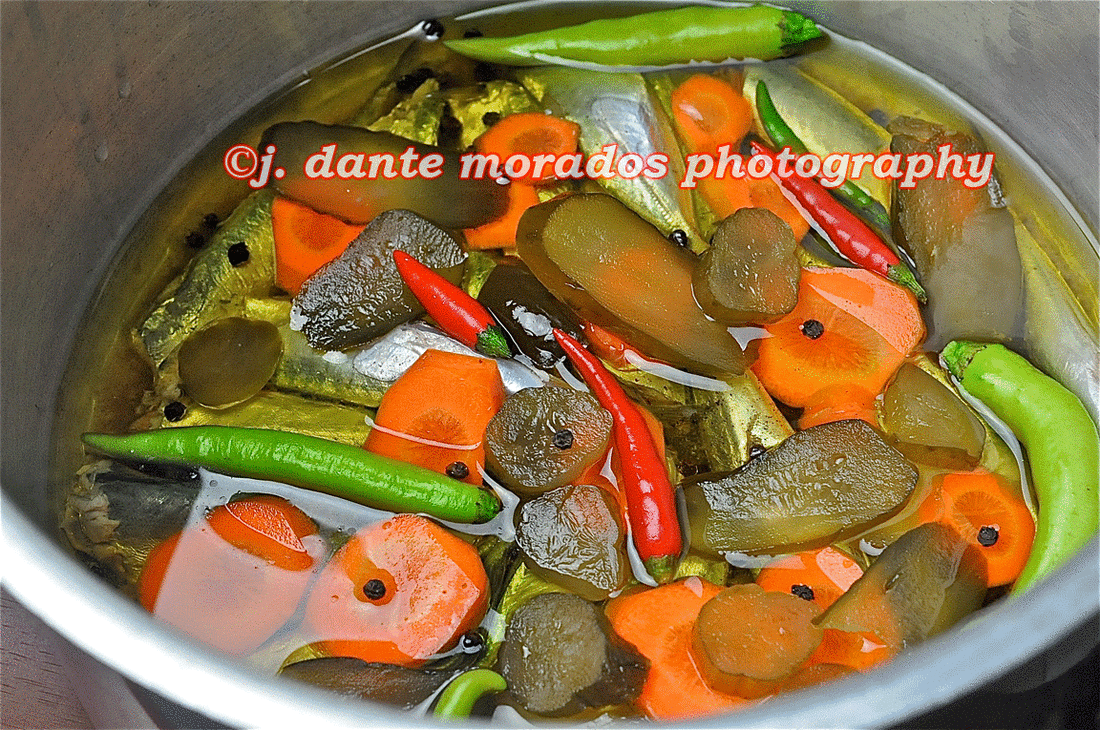You like BEEF. But what kind of beef do you eat? Would you know?
But do you know the type of beef you’re eating?
OR, what you’re eating is NOT BEEF at all.
You’ll be surprised.
Fastfood chains, restos, processed meat manufacturers, they ALL claim: “100% pure beef”.
And presto! You go for it. Not knowing what type of beef you’re about to consume: be it burger, corned beef, sausages (different types of hotdogs-cocktails-jumbos-etc), canned recipes, beef balls, including but not limited to,
the loved beef viand from your fave resto.
India supplies “buffalo meat” to almost all processed-frozen meat manufacturing counties of the world.
It is equivalent to Philippines’ “carabao meat”. “
Nothing is wrong with “buffalo meat”. In fact it is higher in protein content than cattle beef.
The only apprehensible-negative point of it is consumers’ notion of it being “dirty”
and/or not fitted for human consumption and/or meat is tough being an errand animal, etc.
But its price is pretty much lower than cattle.
It is for this nega attitude that “buffalo” users & marketers try to “hide” reality by claiming their products are: again, “100% pure beef”
which automatically gives possible consumers the impression that what they offer is cattle beef.
Majority, repeat, MAJORITY of processors utilize “buffalo or carabao meat”.
Your choice. Be inquisitive.
Be bolder, ask: what kind of beef next time around.
The fad now is to crave for Angus beef, Wagyu, milk or pineapple-rind fed cattles
and all those “ek-ek” marketing strategies.
Be extra cautious. Why?
Angus, which is a breed-type of cattle, for one, is really the melt in your mouth lean-fat bite that will gear you up to be ecstatically happy of what you eat. But ANGUS has a GRADING system. NOT ALL ANGUS are the same, similar, egual, pareho.
If your cut is TOP OF THE LINE (like the EMIRP cut…read this backwards), then you have to shell out ++U$D for it,
like: your 1/3 lb. PURE EMIRP ANGUS burger sandwich
commanding a price of U$D15-25 per.
Similarly, but on a bit lower tag, if “choice” (the second best ANGUS) is the cut served to you.
Then you have: select, standard, commercial grade, utility, cutter and the lowest level…the canner grade.This grading system is determined by USDA on very stringent requirements
which will tell us that angus beef before it can be “a certified angus beef”
must be certified by this same agency. And so, a beef can be “angus” (here, be sure of the grade)
…but NOT all angus beef are “certified”.The commercial, utility & cutter grades are the levels used by many of those claiming to be “angus so and so product”.
They dream of attracting consumer interest while paying the amount equivalent
to plain cattle beef from New Zealand or Australia, which most of the times,
tastes better than those they claim as “angus”.Again, and again, be careful
In coming posts…you will know the type of “extenders” that manufacturers utilize in their meat production…
like: the siomai or shu-mai or shiew mai you are eating
may not be pork at all.
Know it in coming posts.


